Transform Your Rooftop into a Thriving Garden Oasis: 8 Essential Steps for Urban Dwellers
You’re staring at four blank walls and dreaming of green space, but your tiny urban apartment has ZERO yard. That barren rooftop is sitting there unused while you’re buying overpriced produce and dreaming of somewhere—ANYWHERE—to connect with nature!
The challenge: Creating a functional garden in a rooftop environment means overcoming intense sun, punishing winds, weight restrictions, and limited access to water—all while keeping your building manager happy and your neighbors impressed.
What You’ll Learn in This Guide:
- How to properly assess your rooftop’s potential and work within structural limitations
- Design strategies to maximize growing space while creating a beautiful sanctuary
- Container selection secrets that balance weight concerns with plant health
- Custom soil mix formulas that dramatically reduce weight while improving plant growth
- Plant selection guidelines for varieties that thrive in harsh rooftop conditions
- Water management systems that conserve resources while keeping plants thriving
- Microclimate creation techniques that expand what you can grow
- Seasonal maintenance routines that prevent problems before they start
Before we dive in — if you want a simple way to get started, I’ve created a free Rooftop Garden Planning Worksheet you can grab! It’s a fun (and super handy) bonus to help you put these tips into action. Click here to get it!

Recommended Resources
Before we dive in, here’s what you’ll need to get started. Don’t worry—you don’t need everything at once!
Must-Haves:
- Lightweight, weather-resistant containers
- Quality potting mix designed for container gardening
- Basic gardening tools (trowel, pruners, gloves)
- Watering can or hose with adjustable nozzle
- Plants suited for your specific rooftop conditions
Nice-to-Haves:
- Drip irrigation system for effortless watering
- Weather-resistant furniture for your garden sanctuary
- Shade cloth or pergola for sun protection
- Rainwater collection system
- Solar-powered garden lights for evening enjoyment
Pro Tip: Start small with the essentials and expand as your garden grows!
1. Assess Your Rooftop’s Potential
I remember the first time I stepped onto my empty rooftop—I was overwhelmed with possibilities but had no idea where to start. Begin by taking stock of what you’re working with.
How to Assess Your Space:
- Measure your usable area to understand your total square footage.
- Track sun exposure throughout the day—most vegetables need 6-8 hours of direct sunlight.
- Check weight restrictions with your building manager or a structural engineer before adding heavy containers.
- Identify water sources and how you’ll irrigate your garden.
- Note wind patterns that might affect delicate plants or structures.
- Consider privacy needs from neighboring buildings.
- Evaluate access points for bringing in supplies and maintaining your garden.
Warning: Skipping the structural assessment can lead to serious problems. My neighbor ignored this step and ended up with water damage to the apartment below—don’t make the same mistake!
2. Design Your Rooftop Oasis
When I first sketched my garden layout, I tried to cram in every plant I loved—big mistake! A thoughtful design makes all the difference between chaos and harmony.
Creating Your Garden Design:
- Divide your space into zones for growing, relaxing, and utility areas.
- Create pathways that allow easy access to all plants for maintenance.
- Plan vertical elements like trellises to maximize growing space.
- Design for weight distribution, placing heavier containers near load-bearing walls.
- Include windbreaks using strategic placement of taller plants or screens.
- Add a comfortable seating area where you can enjoy your green creation.
Pro Tip: Use graph paper to draw your layout to scale before moving any containers. This simple step saved me countless hours of rearranging heavy planters!
3. Choose Weather-Resistant, Lightweight Containers
My first garden disaster happened when I used heavy ceramic pots that cracked during winter freezes and strained my roof’s weight capacity. Learn from my mistakes!
Selecting the Perfect Containers:
- Opt for lightweight materials like fiber-reinforced plastic or fabric grow bags.
- Ensure good drainage holes in all containers to prevent waterlogged roots.
- Select deeper containers (at least 12 inches) for vegetables with longer root systems.
- Choose weather-resistant finishes that won’t degrade in harsh sun or freeze-thaw cycles.
- Consider self-watering containers if you can’t water daily during hot months.
- Match container size to plant needs—smaller for herbs, larger for tomatoes and shrubs.
Tools That Make Container Selection Easier:
- Digital kitchen scale for weighing potential containers
- Measuring tape for checking depth and width
- Moisture meter to monitor water retention in different container types
4. Master the Art of Lightweight Soil Mixes
When I first filled my containers with regular garden soil, they became so heavy I couldn’t move them! The right soil mix makes all the difference for both your plants and your roof’s structural integrity.
Creating the Perfect Soil Mix:
- Start with high-quality potting mix designed specifically for containers.
- Add perlite or vermiculite to improve drainage and reduce weight (about 30% of total volume).
- Incorporate slow-release organic fertilizer before planting to provide steady nutrition.
- Consider adding water-retaining crystals for containers in very sunny, hot positions.
- Avoid using garden soil which compacts quickly and adds unnecessary weight.
- Replace or refresh at least 1/3 of your soil each spring to maintain fertility.
Warning: Standard garden soil or topsoil is far too heavy for rooftop use and typically drains poorly in containers. Your plants will struggle and your roof might suffer!
Ready to plan your perfect rooftop garden? 🌱 Download the free Rooftop Garden Planning Worksheet here!
5. Select Wind and Sun-Tolerant Plants
I learned the hard way that rooftop conditions are much harsher than ground-level gardens! My first delicate herbs were scorched by intense sun and battered by winds I never noticed before starting my garden.
Choosing Resilient Plants:
- Start with tough, wind-resistant varieties like lavender, rosemary, and ornamental grasses.
- Select vegetables bred for containers such as determinate tomatoes and bush varieties of beans.
- Include native plants that are adapted to your local climate extremes.
- Group plants with similar water needs to make maintenance easier.
- Plant low-growing flowers between taller plants to act as living mulch.
- Consider seasonal rotation to have something thriving year-round.
My Favorite Rooftop Garden Gear:
- Lightweight tomato cages that collapse for easy storage
- Plant covers for unexpected cold snaps
- Wind-resistant plant stakes that bend rather than break
6. Implement Smart Water Management Systems
My biggest ongoing challenge was consistent watering—until I installed a simple drip irrigation system that transformed my garden’s health and dramatically reduced my maintenance time.
Efficient Watering Solutions:
- Install drip irrigation with a timer to provide consistent moisture.
- Set up a rain barrel collection system if your local regulations allow it.
- Group plants with similar water needs to prevent over or under-watering.
- Apply organic mulch like coconut coir or straw to retain moisture.
- Check soil moisture regularly with your finger or a moisture meter before watering.
- Water deeply but less frequently to encourage deeper root growth.
Warning: Rooftop environments dry out much faster than ground-level gardens due to increased sun exposure and wind. Plants can decline rapidly if water management isn’t prioritized!
7. Create Microclimates for Plant Protection
It took me two seasons to realize I could create small protected areas that dramatically expanded what I could grow on my windswept rooftop!
Building Beneficial Microclimates:
- Install transparent windbreaks using plexiglass or perforated panels around delicate plants.
- Position taller plants to shelter smaller, more fragile varieties.
- Use trellises and vine-covered structures to create dappled shade areas.
- Place heat-loving plants against walls that absorb and radiate warmth.
- Create humidity zones using grouping techniques and pebble trays.
- Set up portable shade cloths that can be adjusted as the seasons change.
Pro Tip: My Favorite Microclimate Tools:
- Adjustable shade cloths in different densities
- Collapsible mini greenhouse structures for early spring growing
- Reflective mulch for heat-loving plants
8. Establish a Seasonal Maintenance Routine
I used to tackle my garden maintenance in random bursts when problems became obvious. Now I follow a simple seasonal schedule that prevents most issues before they start.
Seasonal Garden Care:
- Create a monthly maintenance calendar specific to your climate and plants.
- Check containers and structures for damage after severe weather events.
- Prune and harvest regularly to encourage continued production.
- Top-dress soil with compost twice yearly to replenish nutrients.
- Monitor for pests weekly and address issues immediately with organic solutions.
- Prepare plants for extreme seasons with appropriate protection or storage.
Warning: Rooftop conditions accelerate wear on garden structures and containers. Regular inspections prevent costly replacements and plant losses!
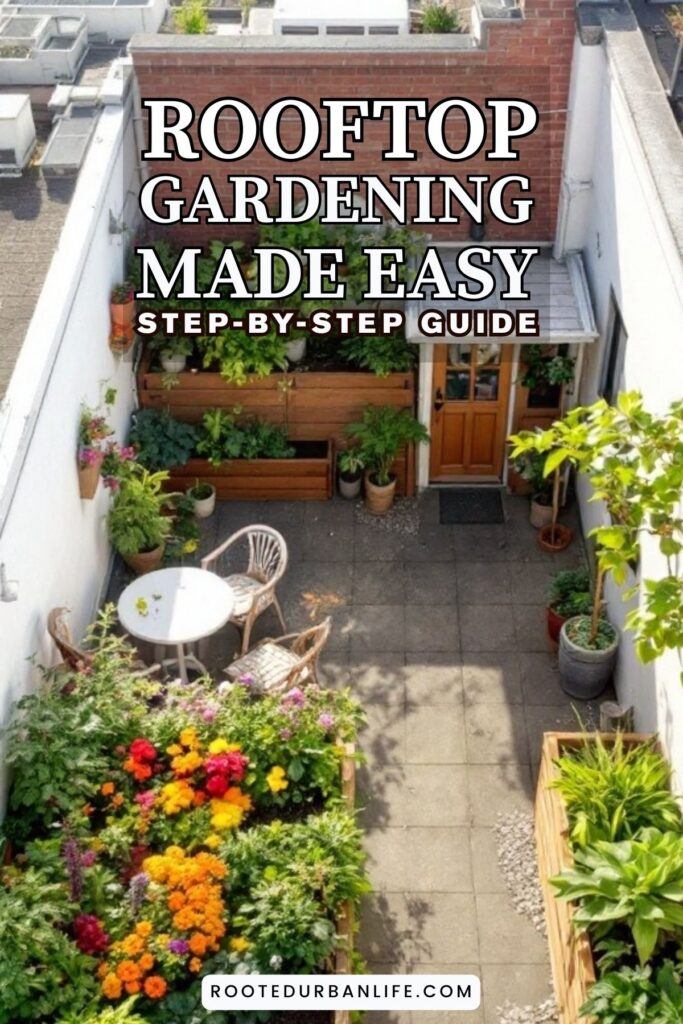
What I Wish I Knew
When I started my rooftop garden adventure, I made plenty of mistakes that you can now avoid!
Start smaller than you think you should. My enthusiasm led me to fill my entire rooftop with plants before understanding the maintenance requirements. I quickly became overwhelmed and some plants suffered. Begin with just a few containers, master their care, and expand gradually.
Wind is your biggest challenge, not heat. I focused all my early efforts on sun protection, only to watch my careful arrangements get battered by winds I never noticed before. Wind damages plants, dries out soil rapidly, and can even move lighter containers. Secure everything and prioritize windbreaks from the start.
Community makes all the difference. For months I struggled alone before connecting with other rooftop gardeners online. Their experience with my specific challenges saved countless plants and hours of frustration. Find your community early—whether online or through local gardening groups.
Frequently Asked Questions
How much weight can my roof safely hold? Most residential roofs can support 20-30 pounds per square foot, but this varies widely. Consult a structural engineer for your specific building before adding any significant weight. Remember to calculate the weight of containers, soil, plants, and water at maximum saturation.
What vegetables grow best in rooftop containers? Compact or bush varieties thrive in rooftop conditions. Try cherry tomatoes, bush beans, peppers, leafy greens, radishes, and herbs. Look for varieties specifically bred for containers or patio gardens for best results.
How do I protect my garden from extreme weather? Create a weather action plan before you need it. Have plant covers ready for cold snaps, secure all containers before high winds, and install shade cloth systems for heat waves. Consider portable structures that can be deployed quickly when extreme weather threatens. Native plants are more resilient and require less maintenance, making them a good choice for rooftop gardens as well.
Can I grow trees on my rooftop? Yes, but choose dwarf varieties and use large, stable containers. Fruit trees like dwarf citrus, apples, and figs can thrive in containers. Remember that trees catch more wind than smaller plants, so secure them well and consider their placement carefully.
How do I keep my rooftop garden watered when I’m away? Install an automatic drip irrigation system with a timer, use self-watering containers, or arrange a plant-sitting exchange with fellow gardeners. For shorter absences, group plants together in slight shade and water deeply before leaving.
Key Takeaways
- Your rooftop’s unique environment requires specialized planning. Successful rooftop gardens require thoughtful assessment of structural capacity, wind patterns, sun exposure, and water access before the first plant arrives.
- Container choice dramatically impacts both plant health and maintenance needs. Invest in quality, lightweight containers with excellent drainage to set your garden up for long-term success.
- Water management is the foundation of rooftop garden success. Automated systems dramatically improve plant health while reducing your daily maintenance time.
- Creating microclimates expands your growing possibilities. Simple structures and thoughtful placement transform harsh rooftop conditions into hospitable environments for a wider variety of plants.
Don’t leave your rooftop garden dreams to chance!
👉 Get your free Rooftop Garden Planning Worksheet and start building your urban oasis today.
Recommended Resources
Ready to take your garden to the next level? These tools have made the biggest difference in my rooftop growing success:
- Ultra-lightweight fiber composite containers that resist cracking and fading
- Automatic drip irrigation kit with moisture sensors to prevent overwatering
- Premixed lightweight container soil formulated for rooftop conditions
- Collapsible windbreak panels that store flat during calm weather
- Weather station with app alerts for extreme conditions
Next Steps On Your Gardening Journey
Your rooftop isn’t just unused space—it’s your opportunity to create the garden sanctuary you’ve been dreaming of, even in the heart of the city. With proper planning, smart container choices, and simple maintenance routines, you can transform that barren space into a thriving oasis that feeds both body and soul.
Start your rooftop journey today by assessing your space and choosing just one area to develop first. Remember, every thriving garden begins with a single container!
I’d love to see your rooftop transformations! Share your progress photos in the comments below or tag us on social media. And don’t forget to subscribe to our newsletter for seasonal rooftop gardening tips delivered straight to your inbox.

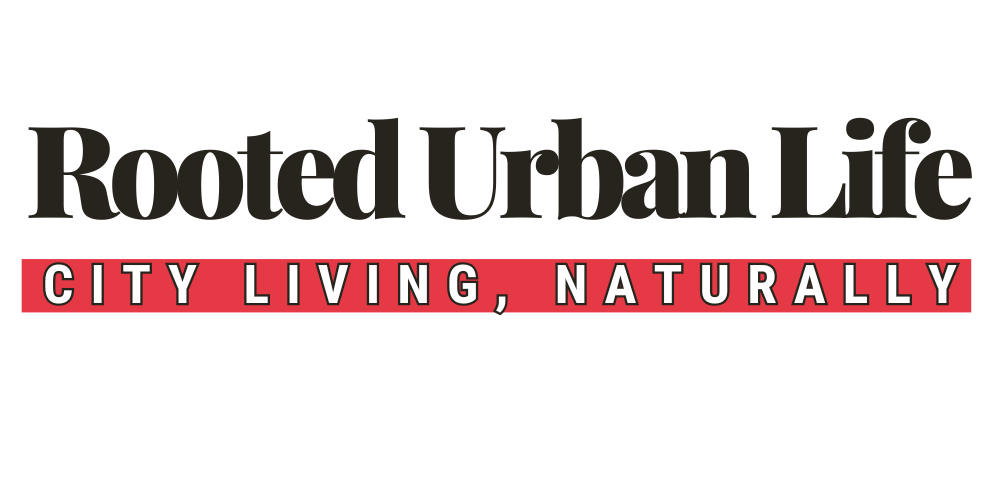
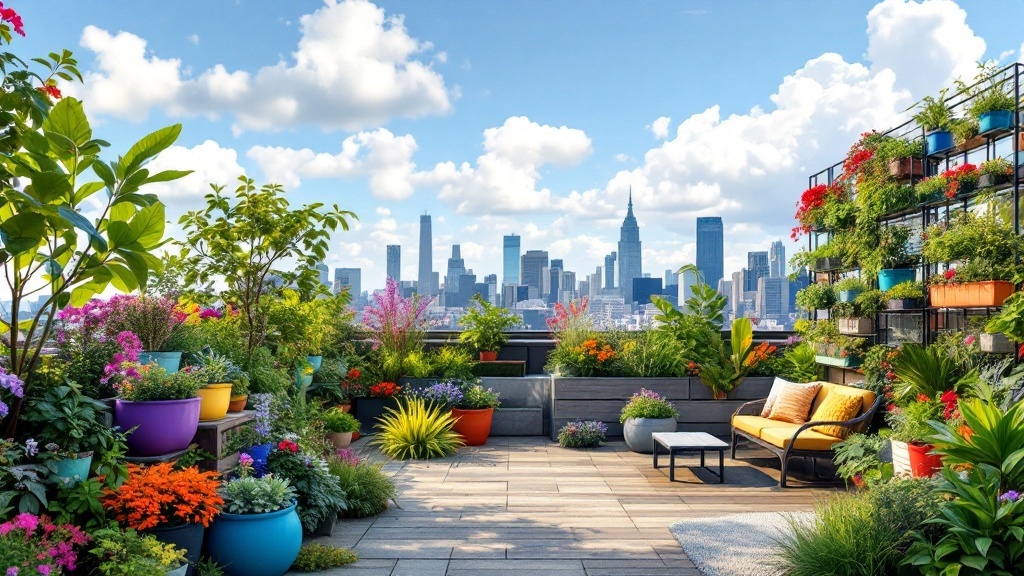
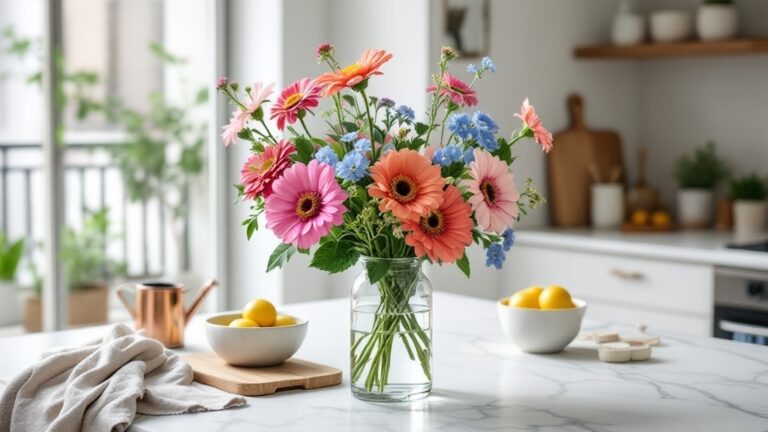
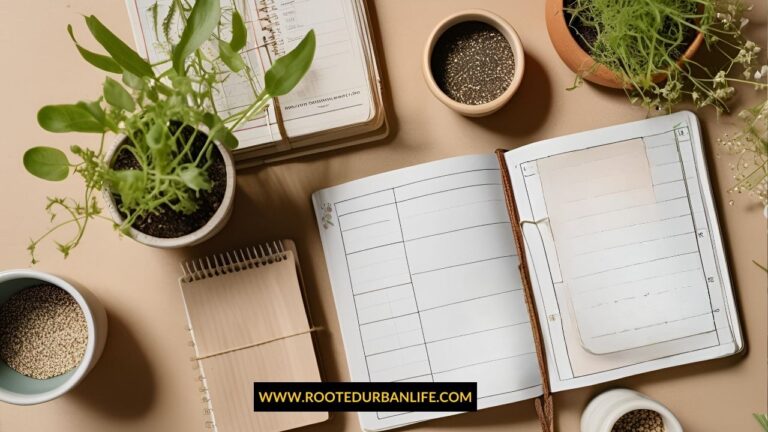
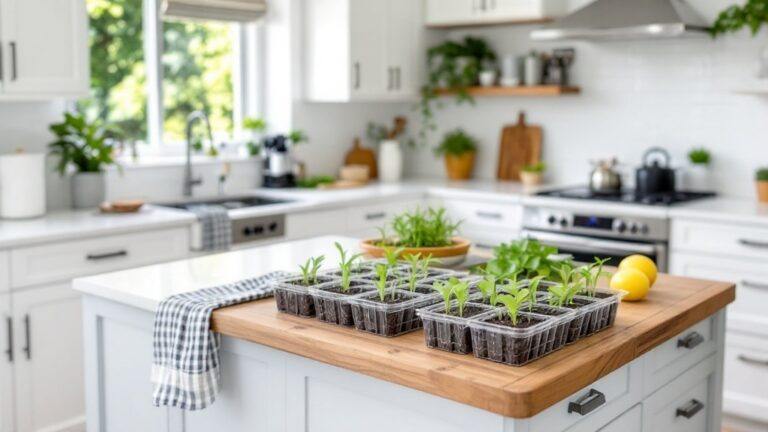
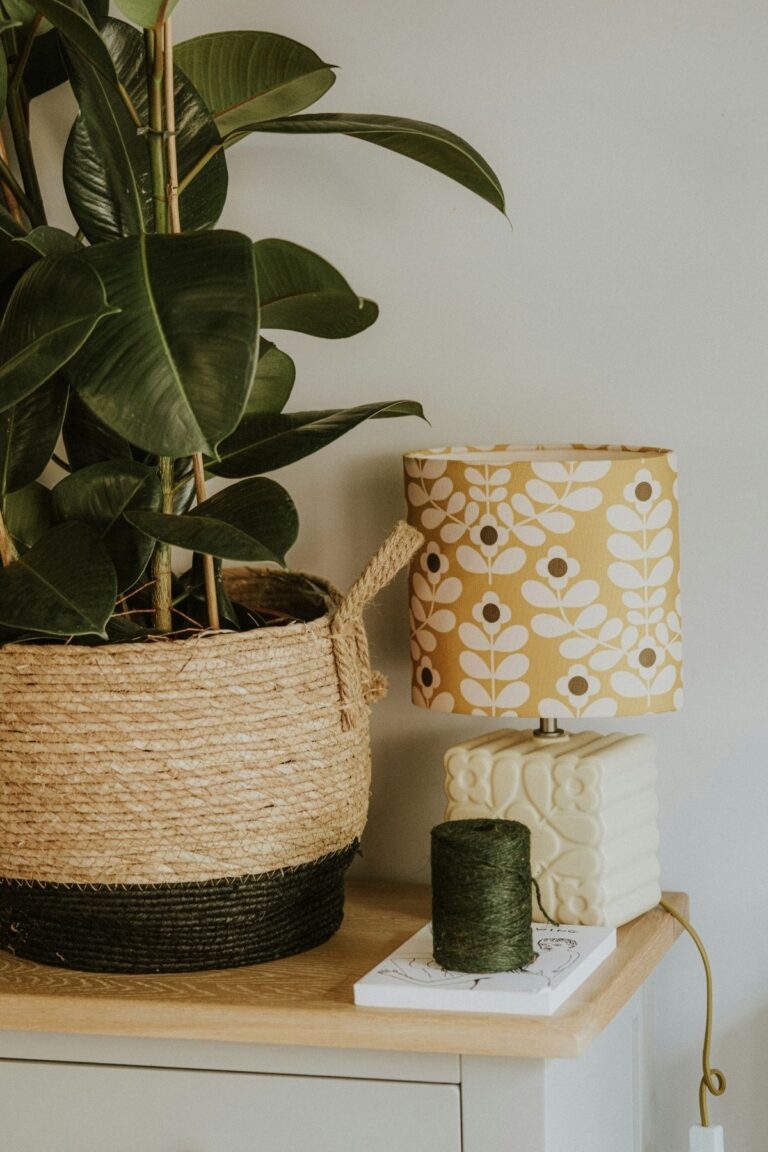

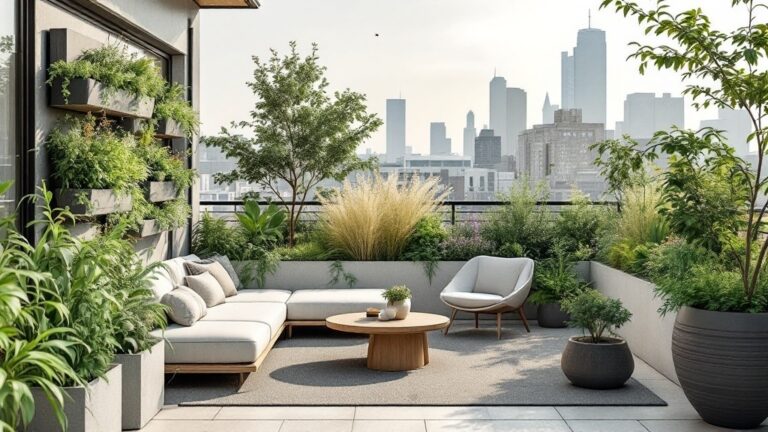
Great breakdown on the steps for a Rooftop garden. Reminds me of the square foot gardner showing you don’t need a big area to get fresh vegetables and fruit.
Transforming your rooftop into a garden is an exhilarating adventure that brings both joy and sustainability! Imagine the thrill of picking your own fresh fruits and vegetables while knowing you’re also making a positive difference for our planet. The perks are endless!
Thank you Chris. I am glad you found the article useful. Take care! Ella